

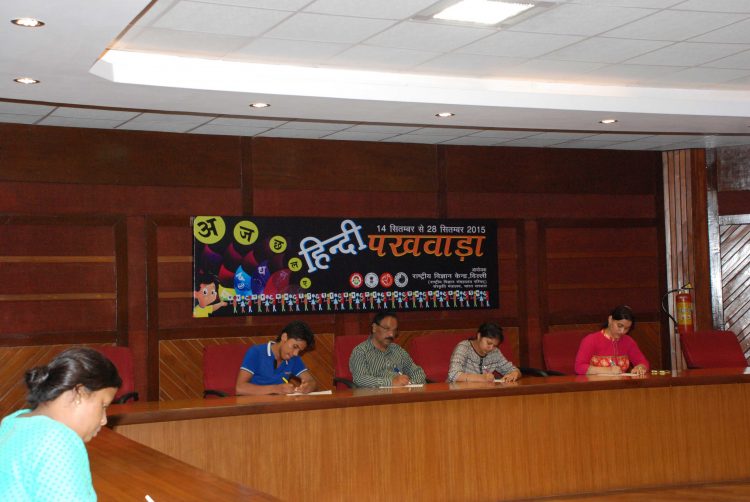
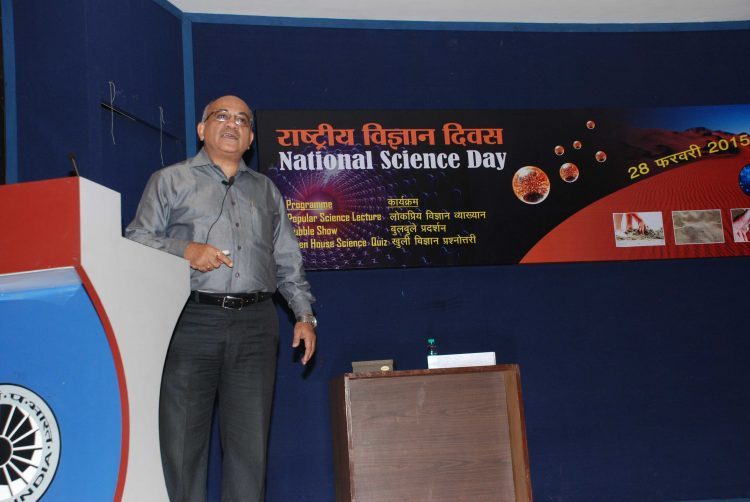
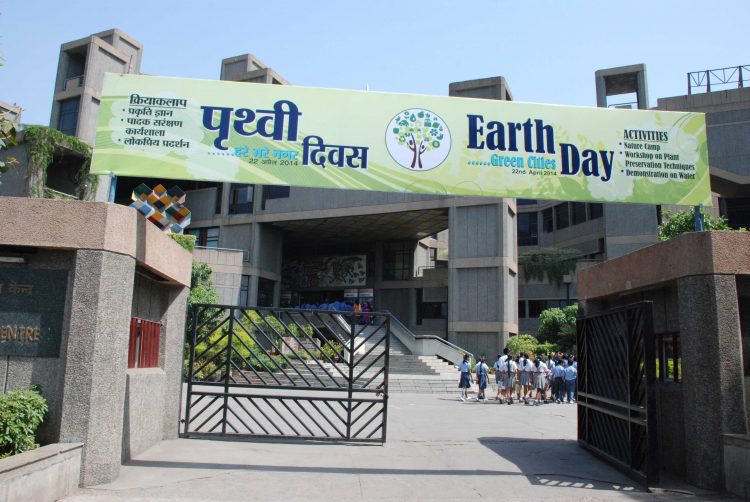
The objectives of the celebration of the important National and international Day is will be to raise greater awareness among the public and the media of the importance of the day. There are several commemorative events every year like World Telecommunication Day, World Health Day, World Environment Day, World Ozone Day, World Population Day, National Science Day, National Technology Day, Engineers’ Day etc. These are celebrated or observed by organising popular science lectures, exhibitions and several contests programmes for school students
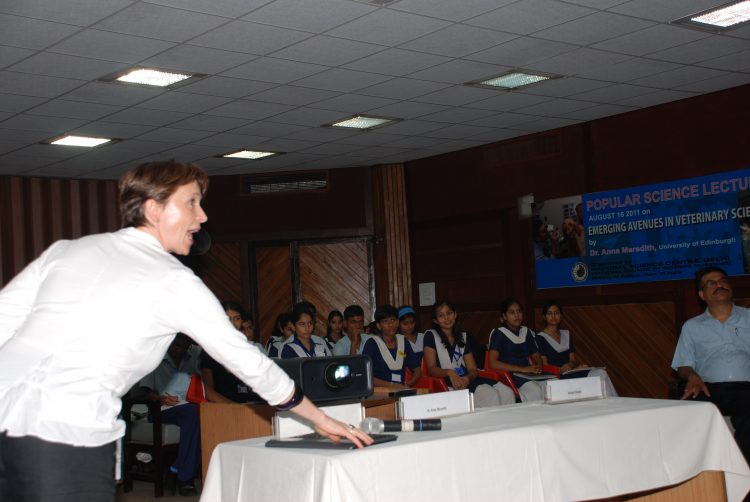
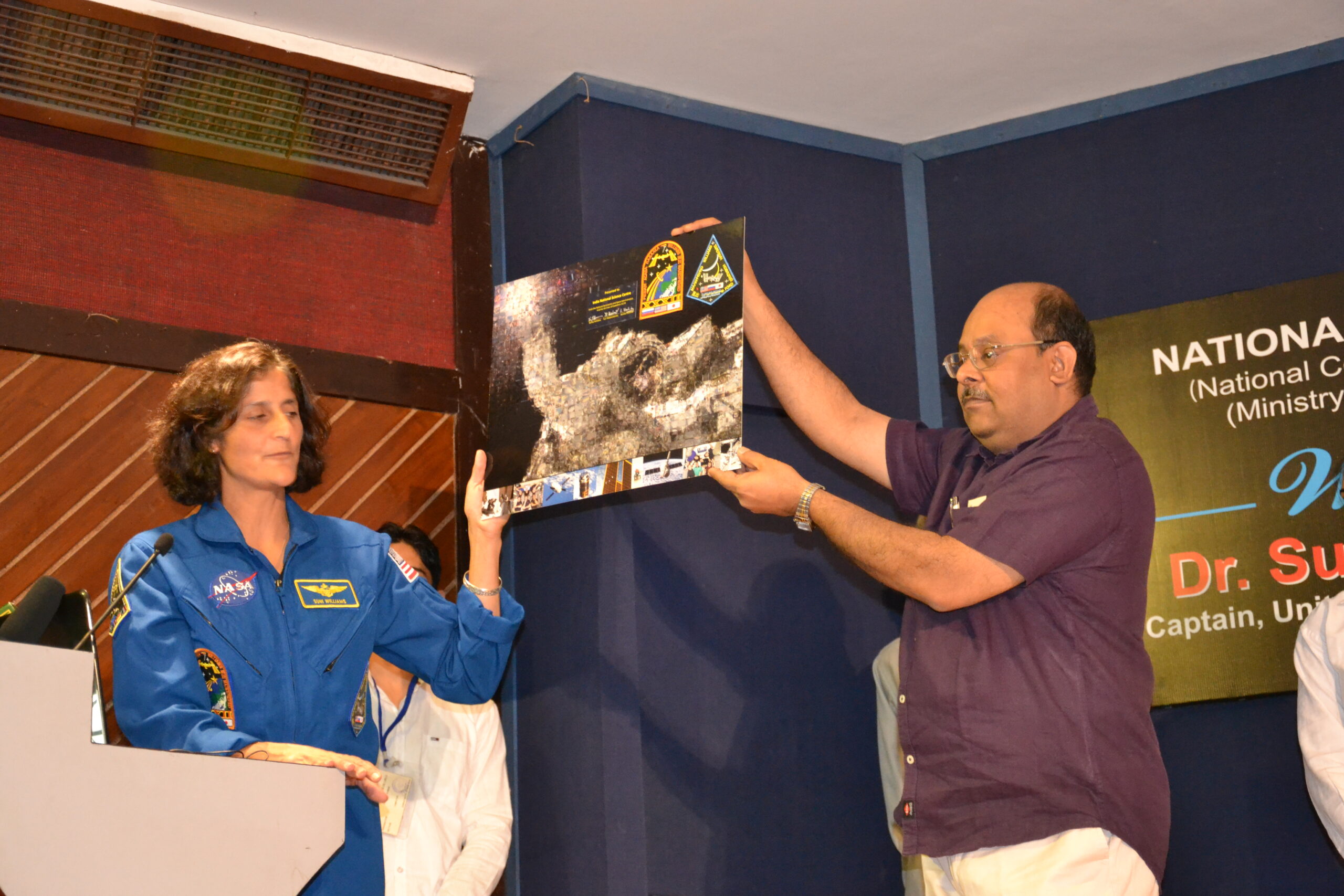
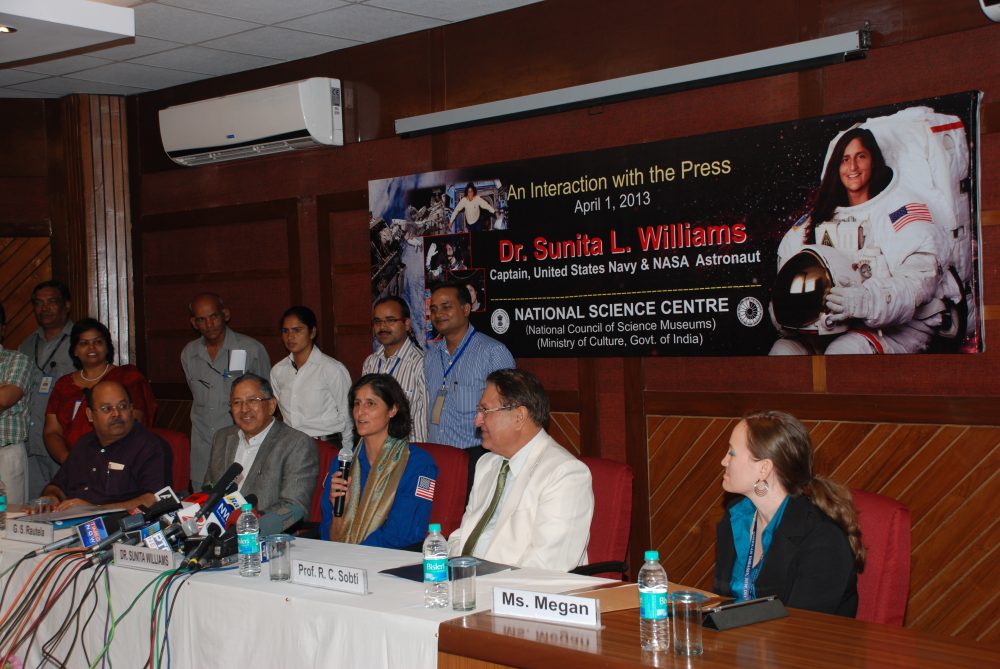
Science can be made fascinating by making it simple. This is the philosophy behind the popular science lecture programmes, where eminent scientists who are also excellent speakers are invited to address a group of students on a topic of current interest. Luminaries like Nobel Laureates, Famous Indian and International level Scientists, Academician are invited to with students through this platform.

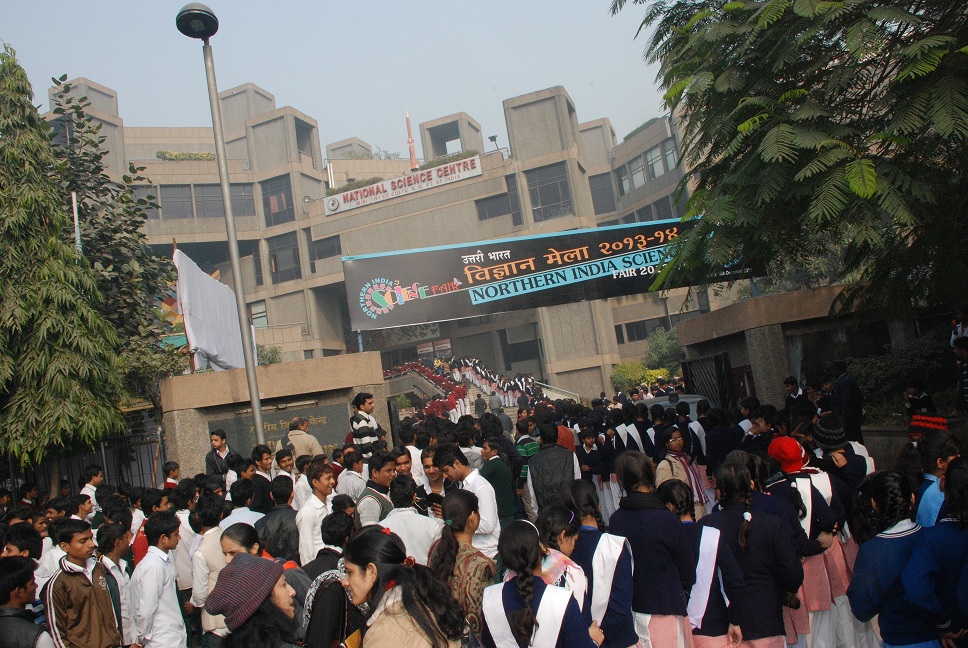
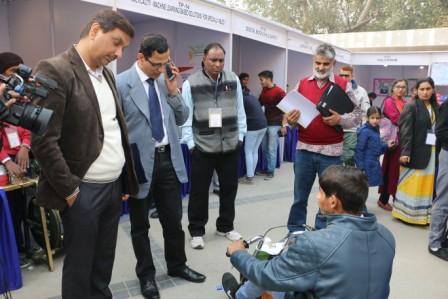
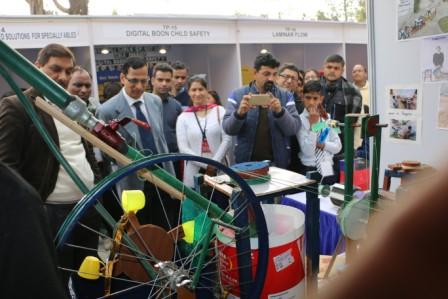
Science fairs are organised to stimulate young minds to take active interest in science, engineering and mathematics and to provide a platform to these youngsters to nurture their research ability and creativity. The fairs further aim to provide an educational experience by exposing them to the judges and the public to give confidence and public recognition for their work. It also tries to bring together young scientists from different parts of country to compete, get prizes/awards, establish new collaborations for future research, exchange thoughts with students from other cultures and make new friends.The Centre organises the fair at city level, district level, state level and finally Northern India level in collaborations with the northern India states educational institutions and authorities like SCERT, SISE. SISE, Kendriya Vidyalaya Sangathan , Novodaya Vidyalaya Sangathan , CBSE etc. to reach the nook and corner of northern India and thus widen the spectrum of participation.
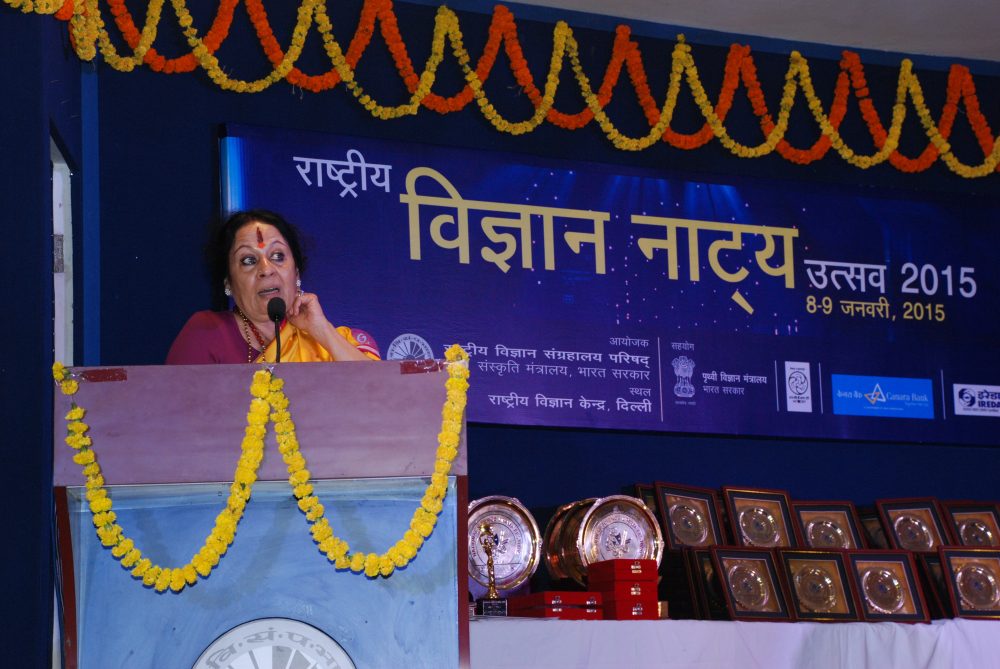
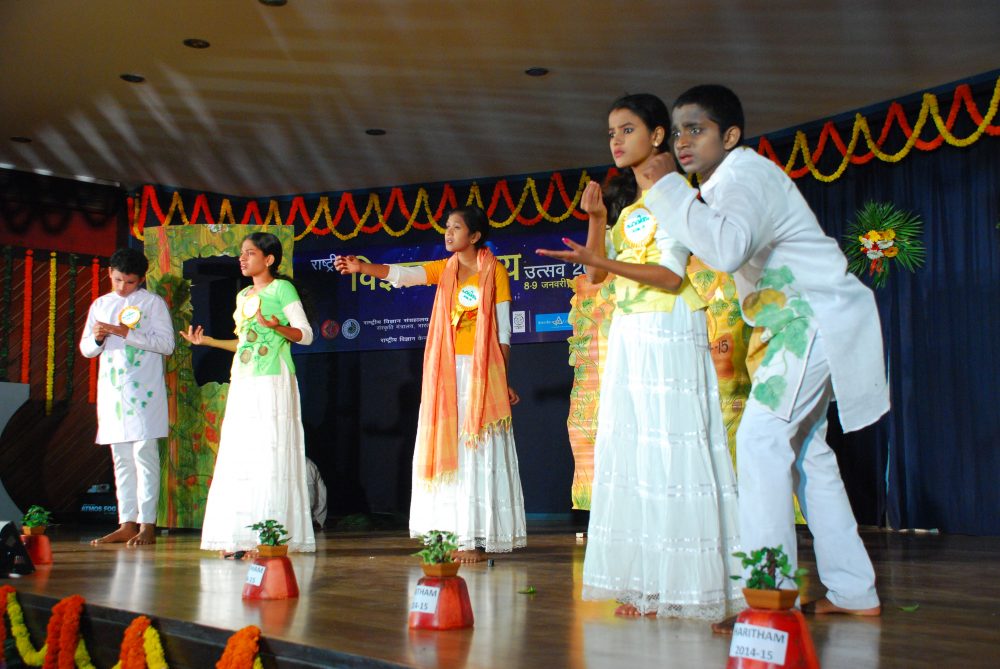

This programme is organized every year to encourage the students, teachers and other science communicators to explore and experiment with the dramatic form as a means of communication. Initially this is being held in the Block, District, State and then Zonal level. Winners of the zonal level are invited to participate in and eventually at the National Level. This is an opportunity to bring the students of different states, languages and culture to interact, exchange and explore this medium of education – THEATRE.
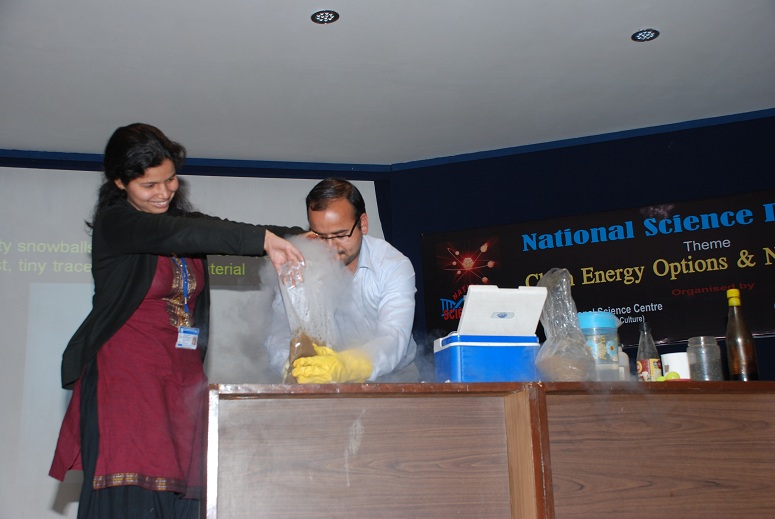

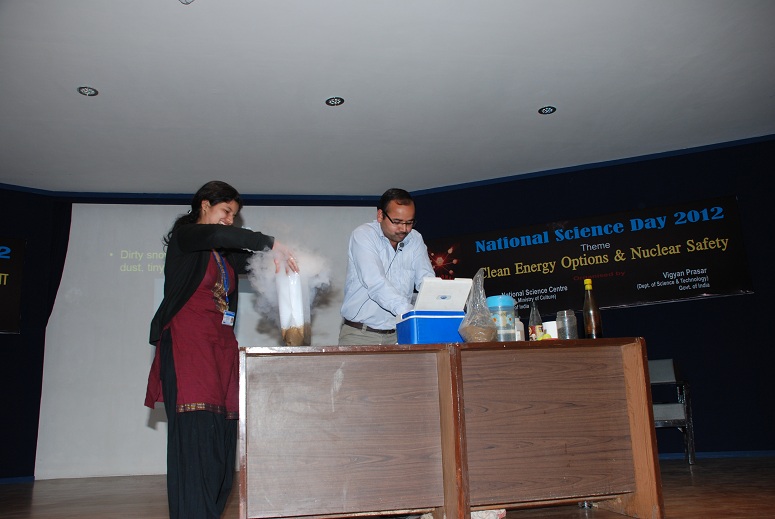
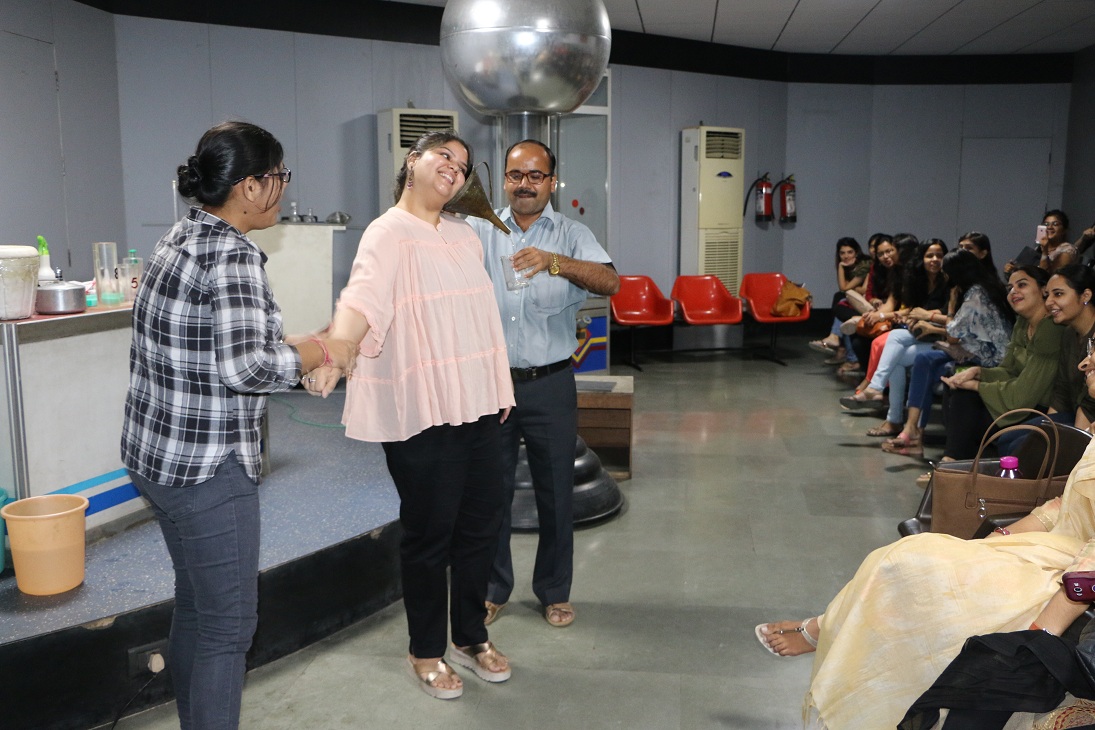
Can learning science be fun? The answer is YES!!!. If it is learnt in simple through fun -way. Science Shows are intended to create interest in school students as well as general visitors. Here during the shows, the demonstrator performs and explains a set of exciting experiments on a theme and the experiments produce startling and amusing results. Various Science shows on topics such as Unexpected Science, Super Cold Show, Sound Show, Kitchen Chemistry and Fun with Chemistry are some of the topic most liked by visitors.
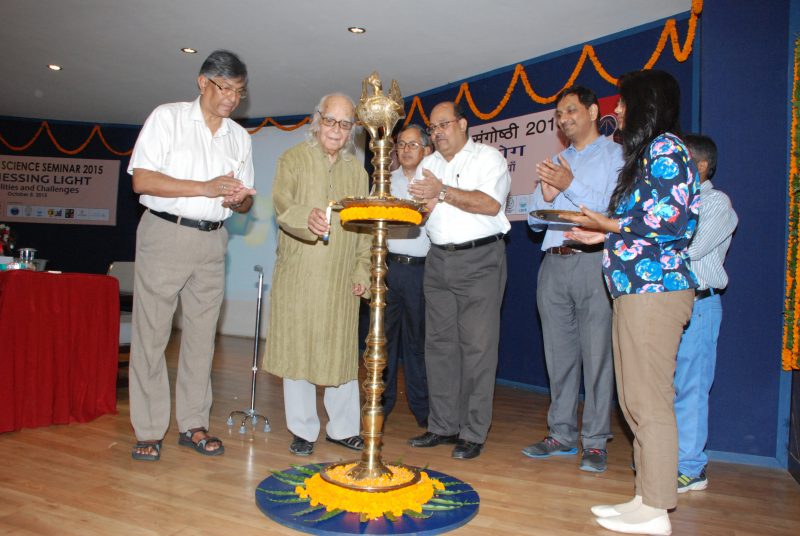
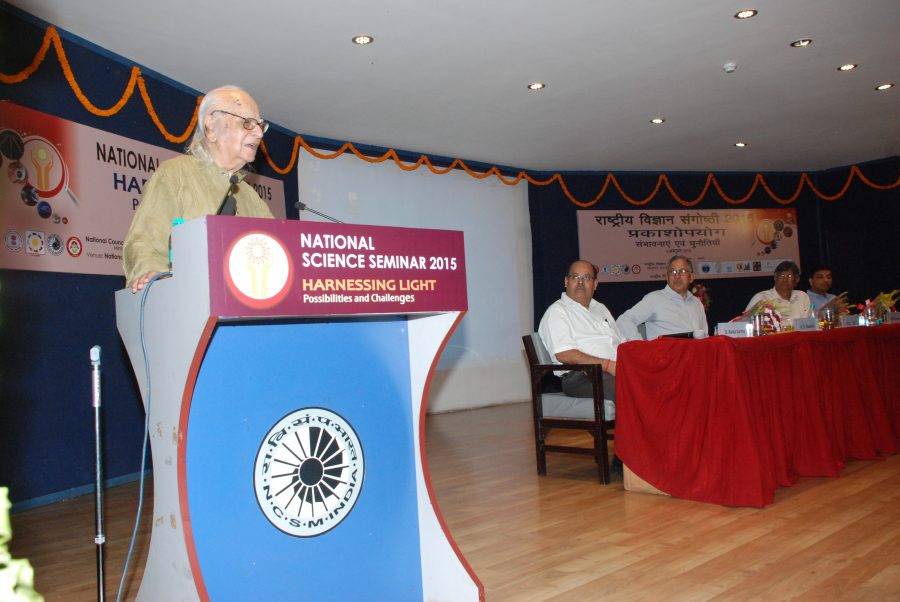
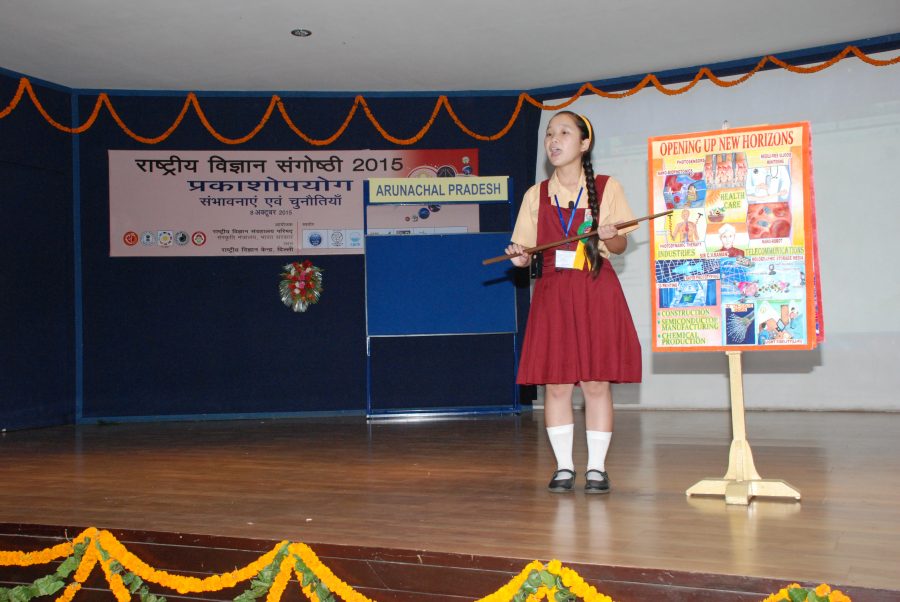
This is a platform where student can express their imaginative, innovative and creative thoughts and suggest solutions to a problem posed to them arisen out of the modern life style or future of mankind. The problems may be related to pollution, decaying natural resources or about Indian future space missions or International mega experiments like CERN. Thus the topic is chosen after great deliberations every year and is of current scientific relevance Student express their views for six minutes followed by questions posed to him by a panel of judges.This is an all India event. Starting from the block level of each of the 29 states and 7 Union Territories of the country, up-to 15000 students participate. This ultimately filters up to 36 students in all, one from one state/UT. The winner takes home very attractive prizes in cash and kind and also scholarships. The state level seminars are conducted in association with respective state authorities.
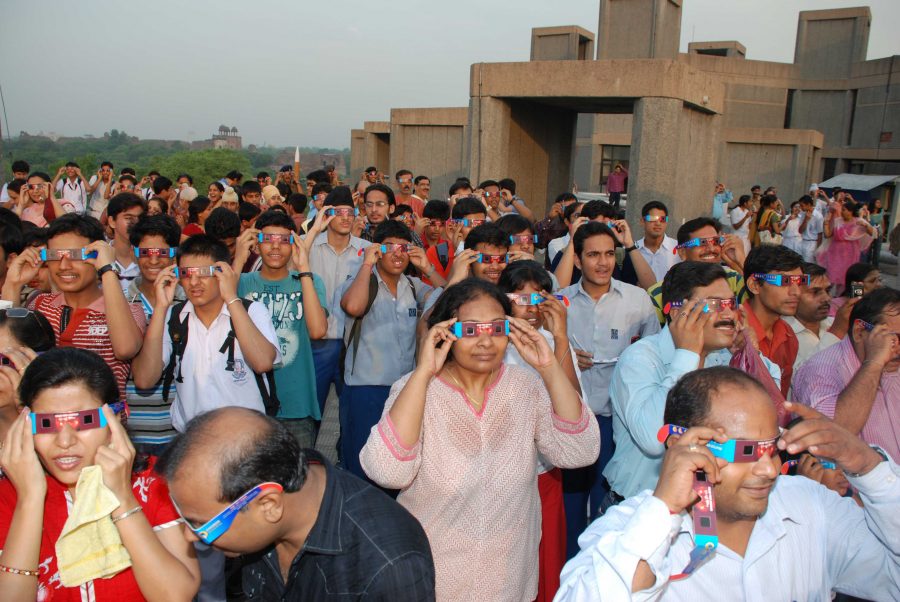
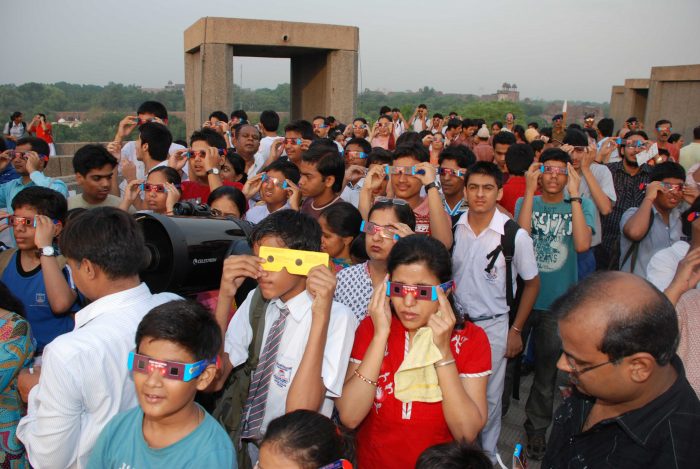
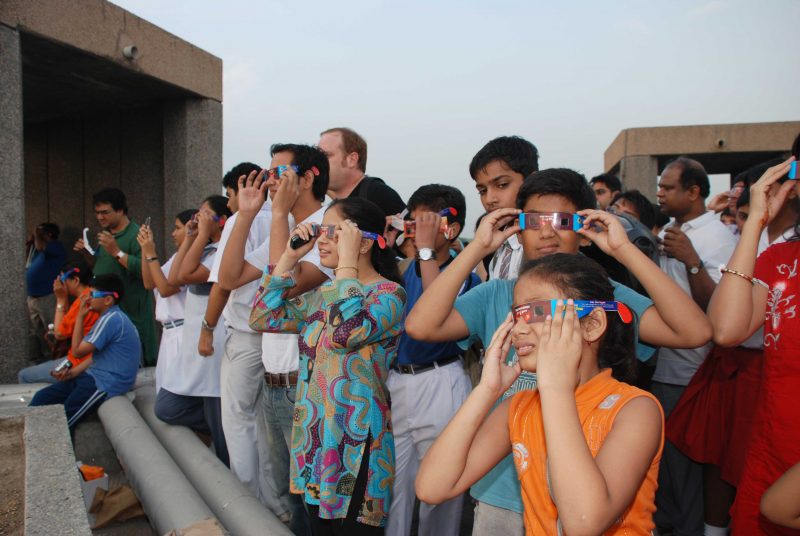
Event of a Celestial drama is a natural phenomenon such as Lunar eclipse, Solar eclipse, Venus transit etc. But why they happen and how well they can be observed is a great experience. The Centre has has sophisticated refracting telescope using which astronomy experts conduct sky watching sessions for students and general public at night. Identification of constellations and other celestial bodies, observation of special events like meteor showers and eclipses etc. are part of this programme. This programme is also conducted outside Delhi.
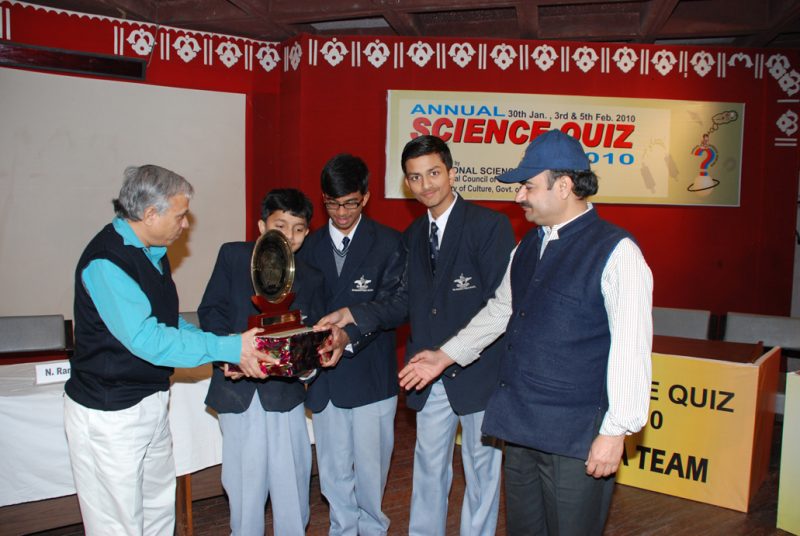
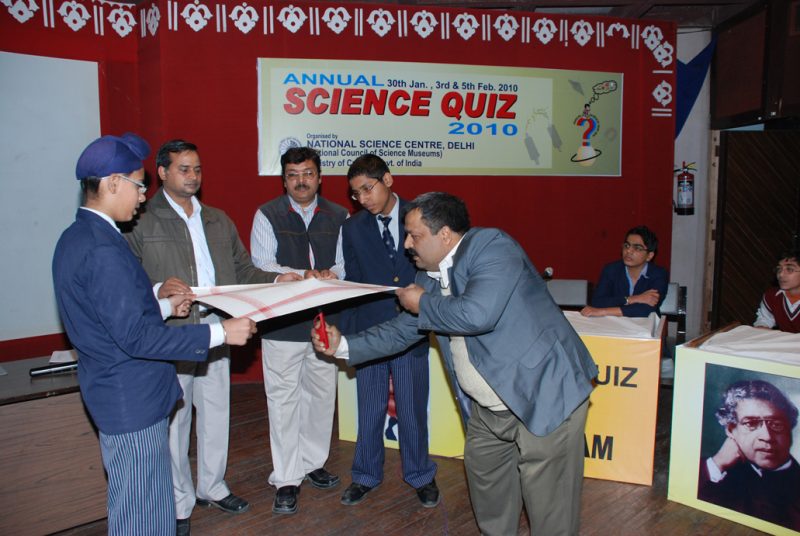
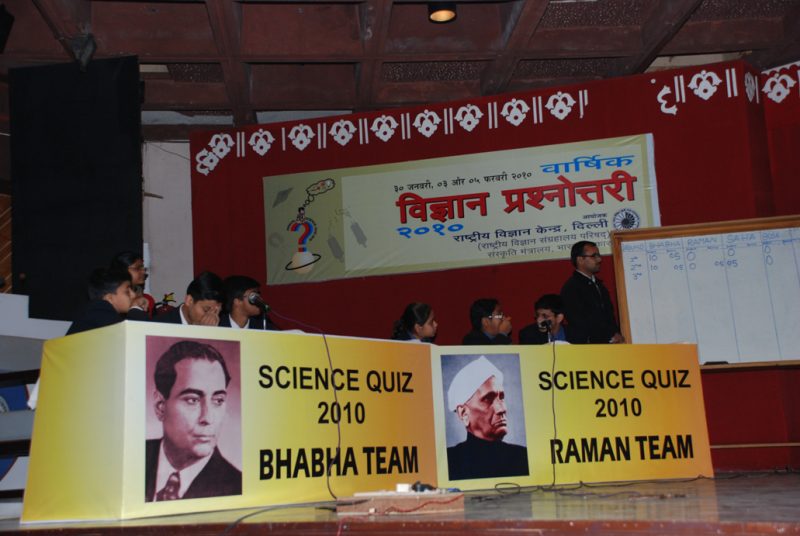
How, when, why and what are the traditional questions in a science quiz. But beyond the traditional quizzes conducted everywhere, the Centre conducts the science quiz in an interactive and participative way. Science experiments or demonstrations are performed before the group of Students, who are expected to answer the reason of the science behind the experiment.This is an annual event. It involves hundreds of schools in Delhi. The contest goes through preliminary, secondary, quarter final, semi final and a grand finale. Reputed organisations have been partners with NSCD in the past for this event.
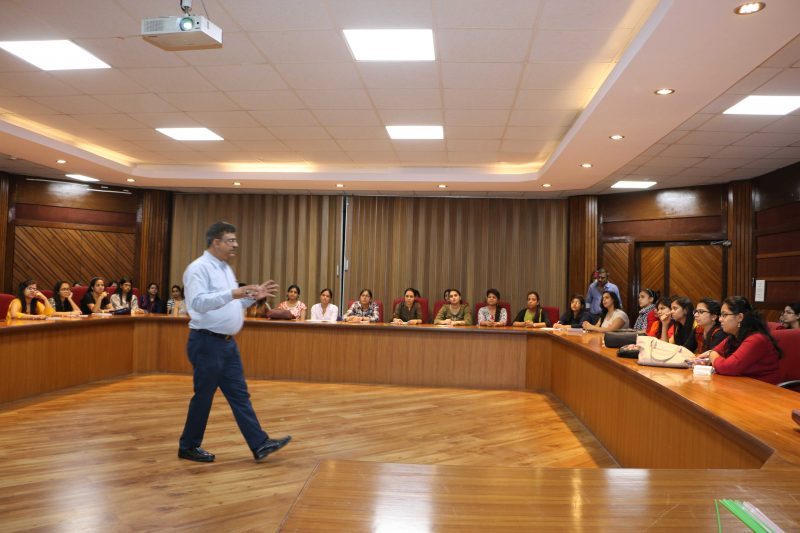
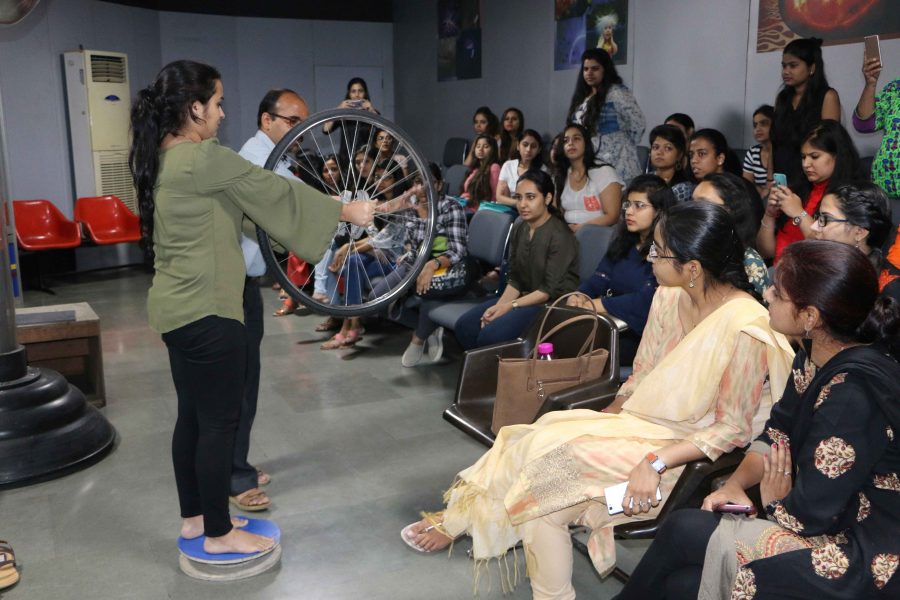
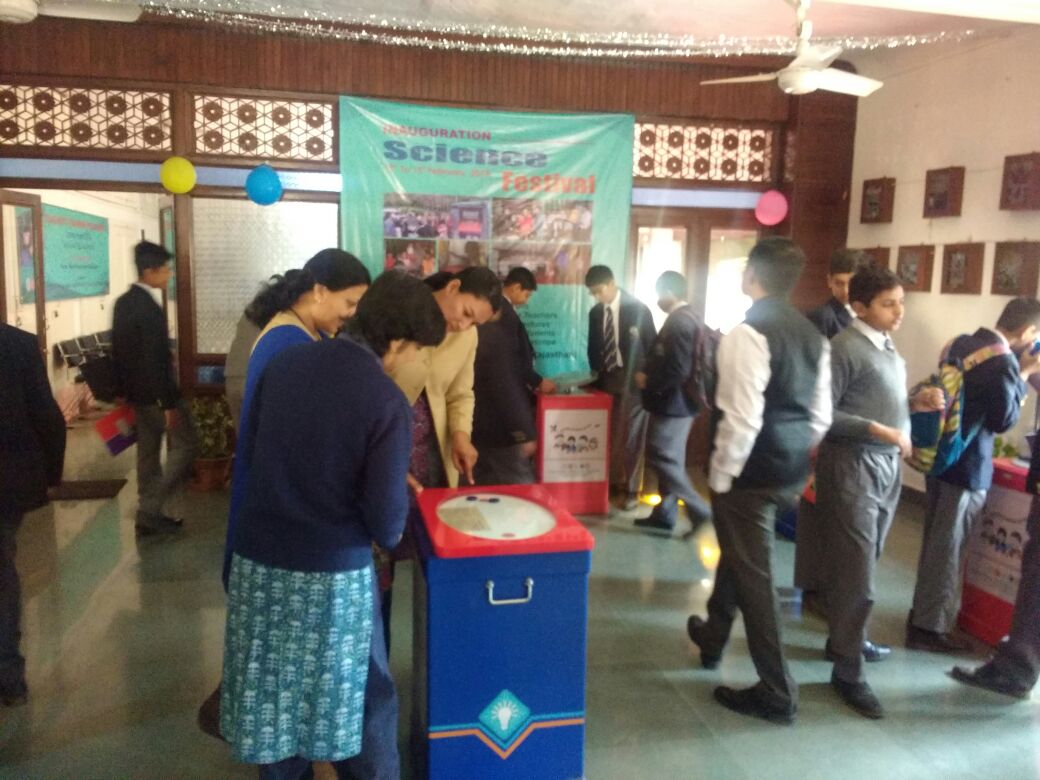
Over the years, method of teaching has undergone sea change. Hands- on activities, multimedia, smart boards etc have become an integral part of modern way of teaching. But the basic scientific principles remain unchanged. A teacher is a hub between a student and the science education. Keeping this in mind, Centre conducts a teacher training programme so that if a teacher is trained, he or she may ignite numerous minds and inculcate scientific temper and a habit of scientific enquiry.
Teachers’ Training Programme envisages opportunity for exposure of Teachers’ to tools, raw materials and techniques as well as ideas for developing low cost teaching-aids with ultimate goal of build your own laboratory. Teachers are encouraged to use low-cost teaching aids to supplement their lecture in the class room. In-service & pre-service teachers’ training programs have added a new dimension to the teaching-learning
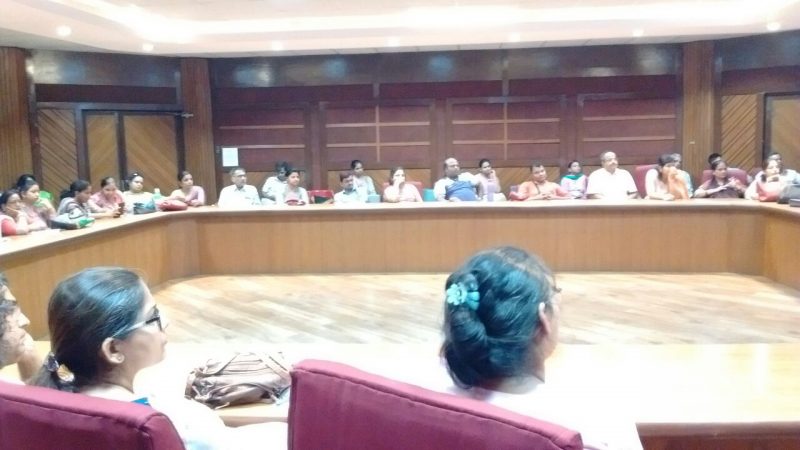
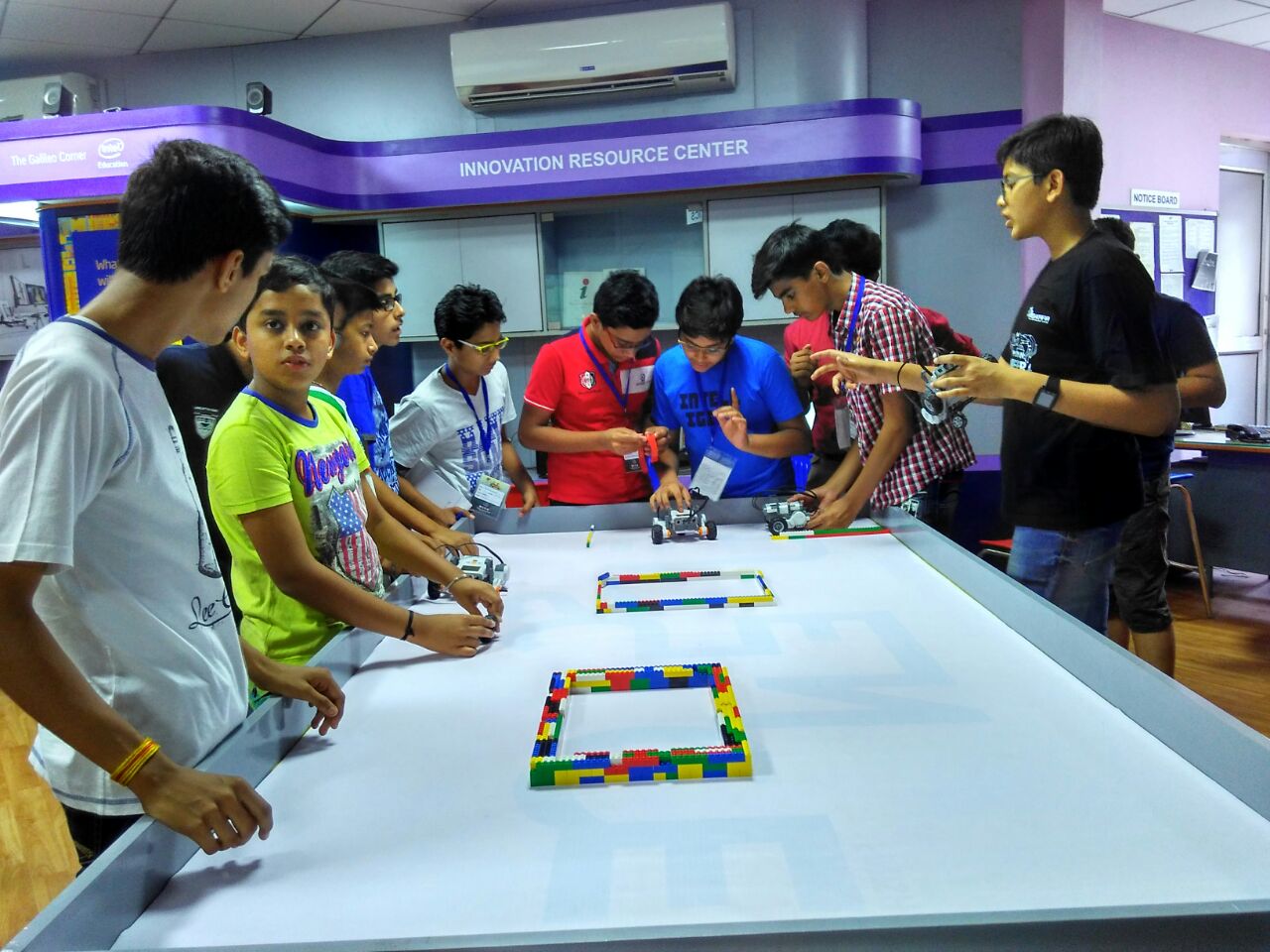
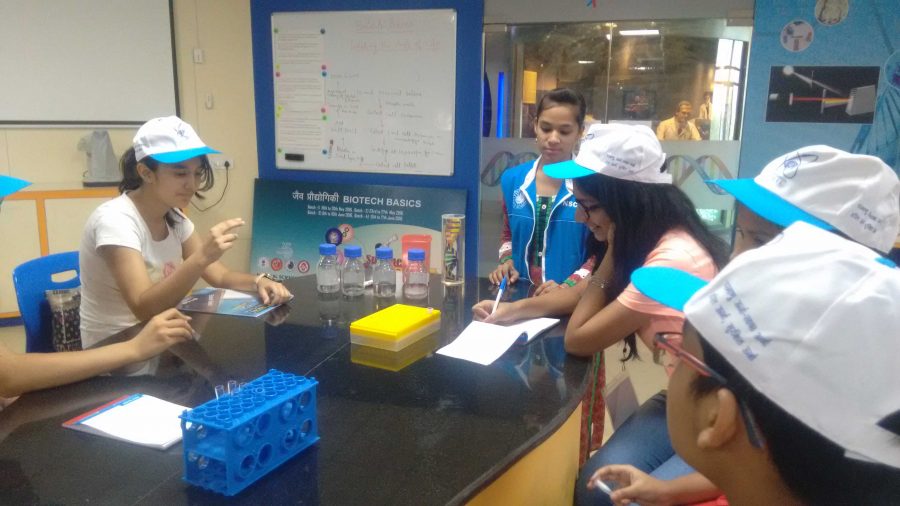
Creativity is a unique mental process, which results in an original and novel product. Students in the programme are provided satisfactory and necessary guidance to develop their innovative ideas into a meaningful kit/model. The camp is a nodal point for all those students who have a desire to excel and display, curiosity & sincere efforts towards doing something new in a constructive manner. Student’s are also expected to work in a team with his/her own hands and give a three dimensional shape to the idea.
Every year the Centre organises the camps in the month of May & June. Over the years, the response has been overwhelming and its spectrum increases every year.
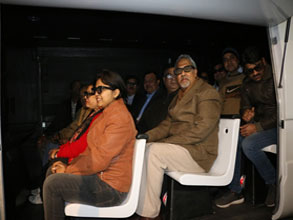
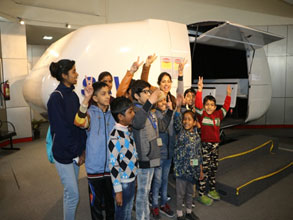
The motion simulator is a mechanism that creates the feelings of being in a real motion environment. In a simulator, the movement is synchronised with a visual display of the outside world (OTW) scene. This Motion simulator can provide movement in all of the six degrees of freedom (rotational and linear) that can be experienced by the visitor who is free to move, like an aircraft or spacecraft. These are the three rotational degrees of freedom (roll, pitch, yaw) and three translational or linear degrees of freedom (surge, heave, sway).
The capacity of this facility is 14 seats.
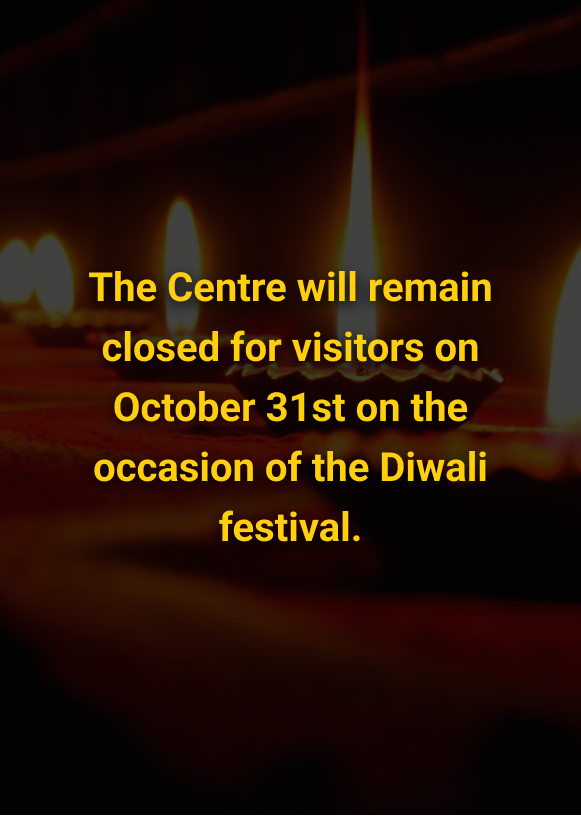
You can see how this popup was set up in our step-by-step guide: https://wppopupmaker.com/guides/auto-opening-announcement-popups/